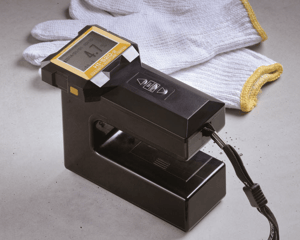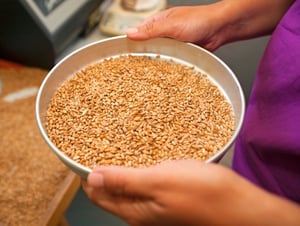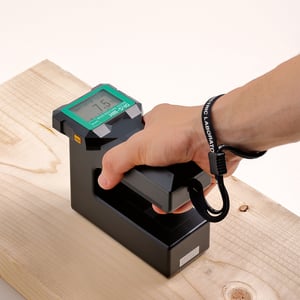Accurate moisture tests are important in every component of the grain industry. From choosing seeds to plant, to the harvest, to storage and sale of dry goods. The more accurate the moisture measurement, the greater the yield and greater the profits. In addition to our most popular portable moisture meter, the KJT130, we’ll be displaying two grain moisture testers - new to the market at IBIE2013 this week. The PM650 and PM450 are specifically designed for grain and/or seed measurement, so we decided to devote a blog to some common questions potential grain moisture meter operators ask.
What are the consequences of inaccurate moisture testing?
- Spoilage
- Grain that’s too wet and placed in low temperature or open air drying bins will mold
- Extra drying costs
- Harvesting grain when its too wet requires extra drying to keep stores from spoiling, resulting in lower profits and increased energy costs
- Extra drying costs and lost value
- Over-drying grain can lead to a loss of quality, resulting in lower profits and wasted resources
How do I obtain a representative grain sample?
- Combine-Harvested Grain
- Harvest a small area, then sample the shelled grain, or hand pick, shell and mix grain from several plants. In some cases, our instruments do not require this type of prep work.
- Loaded Vehicle
- Sample flowing grain during unloading. Take an open container across the grain stream at 50 bushel intervals and mix them well in a single container before taking the sample.
- Binned Grain
- Collect samples from various depths and locations, with a 6 -10’ probe. Keep track of where each sample originated to identify where moisture may be accumulating in storage bins.
How do I use a grain moisture tester?
- Care for the Batteries
- Low batteries can lead to inaccurate readings. If your grain moisture meter is going to unused for long periods of time, remove the batteries and replace them annually. Kett instruments have low battery warnings to avoid this potential problem.
- Read the Manual
- Understand all instructions provided to you by your manufacturer. The temperature of your sample can greatly impact moisture reading accuracy, so note your grain moisture tester’s compensation method. Kett instruments provide an error warning to avoid this potential problem.
- Adjust Samples for Accuracy
- Allow cold grain (stored in a sealed container) to warm prior to moisture measurement. Cold grain usually results in low readings. Additionally, condensation occurs when cold grain is taken from storage on a warm, humid day, or when cold harvested grain is taken into a heated, humid room. Condensation leads to inaccurately high readings from electronic testers.
- Let hot grain (from a dryer) cool slowly in a sealed container before taking readings. Electronic grain moisture meters give inaccurately low moisture readings on samples that are hot or rapidly cooled, plus, grain will continue to lose moisture until heat dissipates.
How do I check the accuracy of my grain moisture tester?
- Test each sample at least three times and average the results to obtain the most accurate reading.
- Check your grain moisture meters results with results from your mill or grain elevator’s moisture meter.
- Calculate the average reading from three readings of a sample in both moisture meters and compare. If the difference between the averages is more than 1.0 point for dry grain or 1.5 points for wet grain, have your grain moisture meter serviced.
- Send your grain moisture meter back to the manufacturer annually for inspection and calibration if it is not checked by your state Agriculture Department.
What are the unique benefits of the PM650 and PM450?
- More calibrations
- The PM650 has 151, and is still growing - which means a huge array of grain and seed types can be tested. The PM450 offers unique calibration combinations.
- Custom calibrations
- The PM650 can have custom calibrations input by our staff for your specific needs
- Improved balance, for even more stable readings
- Density readings, important for many equitable transactions
Still have questions? Ask away in our comment section below Otherwise, please contact us today to hear back from one of our staff engineers or visit Booth 5508 at IBIE to see a live demo.



